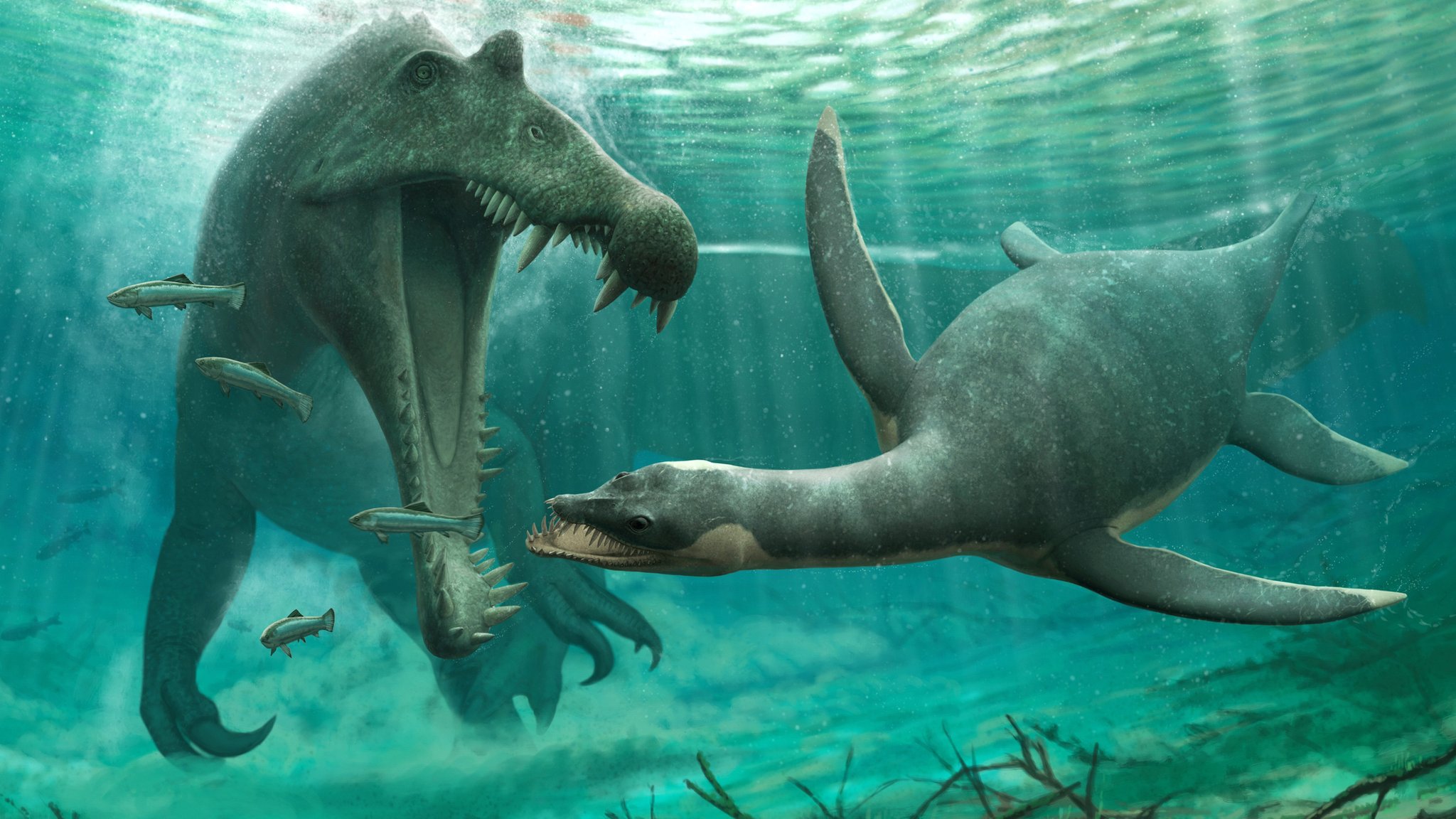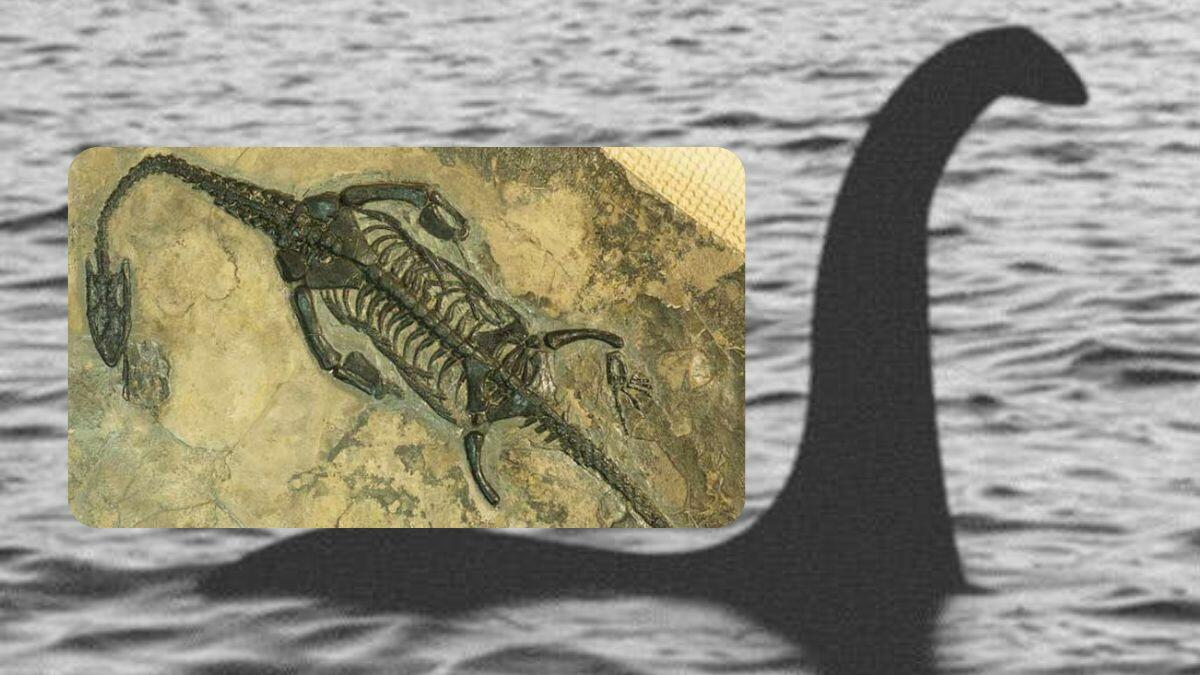The plesiosaur — an aquatic dinosaur once thought to exclusively reside in saltwater — is now believed to have spent much of its time in freshwater, according to a new study. The discovery is likely to fuel believers of the Loch Ness Monster on their pursuit of proving the legend is real, as some claim “Nessie” was a descendant of the plesiosaur.
“As a scientist, I can never say anything is impossible,” paleontologist and lead author of the study, Nick Longrich, told CBS News correspondent Dana Jacobson. “All hypotheses are on the table at some level until they’re proven false.”
He said a team of paleontologists from the University of Bath, the University of Portsmouth in the UK and the Université Hassan II in Morocco discovered “a lot of different plesiosaur fossils” within a 100-million year old river system that’s now a part of Morocco’s Sahara Desert. The findings, he said, were “a little surprising.”

“It indicates this group was able to come specialized to exploit freshwater environments,” Longrich said.
The fossils found included bones and teeth from both adults and one baby plesiosaur scattered along different localities, which indicate where the animal died as well as where the animals lived, scientists said.
“We found a lot of fossils suggesting these things were up there routinely and probably spent much, if not all, of their lives in freshwater,” Longrich said.
Some believers of the centuries-old Loch Ness Monster folktale say the creature was last seen alive in the Loch Ness freshwater body of water in the Scottish Highlands. But some scientists doubt that an ancient dinosaur could have survived in the loch’s dark and frigid water, as it was formed only 10,000 years ago during the Ice Age.

The recent fossil discovery also suggests that the last plesiosaurs went extinct around the same time as the rest of the dinosaurs 66 million years ago, which contradicts claims from some Loch Ness Monster believers who say the creature was last seen alive as recent as 1975.
“We could find the Loch Ness Monster tomorrow. It could be a plesiosaur,” Longrich said. “I think that is, however, extremely unlikely given the evidence we have at this point.”
Nonetheless, the study’s paleontologists said the possibility of the so-called Loch Ness Monster being related to a plesiosaur is “plausible.”





